15 August, 2023

Speeding is a prevalent and dangerous behavior on our roadways, which increases the risk of a car accidents and also contributes to injuries. As a driver, it is crucial to understand the impact of speeding to help prevent accidents and stay safe on the roads.
If you or someone you know has been injured in an accident caused by a speeding driver, call The Barnes Firm. Our team of experienced car accident attorneys will be by your side every step of the way, from the initial call to the final settlement, and will help you get the best result possible. Call us today at (800) 800-0000 for a FREE case evaluation.
Speeding significantly reduces a driver’s reaction time, which contributes to car accidents. When a vehicle is traveling at an excessive speed, the driver has less time to process information and make decisions. If an unexpected situation arises, such as a sudden change in traffic or a pedestrian crossing the road, the driver may not have enough time to brake or maneuver safely, resulting in a collision.
Speeding also increases the force of impact in a car accident. In the event of a collision, the speeding vehicle hits another vehicle, pedestrian, or bicyclist with more force, causing more damage and increasing the chances of severe injuries or fatalities.
Furthermore, speeding reduces the effectiveness of safety features in a car. Modern vehicles are equipped with various safety features, such as airbags, seat belts, and crumple zones, which are designed to protect occupants during a crash. However, these safety features are only optimized for specific speeds. When a vehicle exceeds those speeds, these safety features may not be as effective in preventing injuries. For example, airbags may not deploy properly or seat belts may not hold occupants securely in place. This can result in more severe injuries, or even ejection, from the vehicle.
There are several reasons why drivers choose to speed, despite the known risks and potential consequences. Some common reasons include:
Each of these listed reasons fall under what is known as driver negligence, or a driver’s failure to exercise reasonable care while operating a vehicle. When drivers choose to speed, they are acting negligently and putting themselves and others at risk.
Speeding significantly reduces a driver’s reaction time, which contributes to car accidents. When a vehicle is traveling at an excessive speed, the driver has less time to process information and make decisions. If an unexpected situation arises, such as a sudden change in traffic or a pedestrian crossing the road, the driver may not have enough time to brake or maneuver safely, resulting in a collision.
Speeding also increases the force of impact in a car accident. In the event of a collision, the speeding vehicle hits another vehicle, pedestrian, or bicyclist with more force, causing more damage and increasing the chances of severe injuries or fatalities.
Furthermore, speeding reduces the effectiveness of safety features in a car. Modern vehicles are equipped with various safety features, such as airbags, seat belts, and crumple zones, which are designed to protect occupants during a crash. However, these safety features are only optimized for specific speeds. When a vehicle exceeds those speeds, these safety features may not be as effective in preventing injuries. For example, airbags may not deploy properly or seat belts may not hold occupants securely in place. This can result in more severe injuries, or even ejection, from the vehicle.
There are several reasons why drivers choose to speed, despite the known risks and potential consequences. Some common reasons include:
Each of these listed reasons fall under what is known as driver negligence, or a driver’s failure to exercise reasonable care while operating a vehicle. When drivers choose to speed, they are acting negligently and putting themselves and others at risk.
Speeding accidents can result in various injuries that can be life-threatening or long-term. Our experienced attorneys have identified common injuries that can be a result of speeding accidents:
Speeding accidents can result in various injuries that can be life-threatening or long-term. Our experienced attorneys have identified common injuries that can be a result of speeding accidents:
Written by The Barnes Firm, reviewed by Richard Barnes

Rich Barnes
President
Richard Barnes: “As President of The Barnes Firm, I have dedicated my career to achieving justice in hundreds of cases for the victims of injuries caused through the fault of others. Additionally, I have been honored to have been elected Best Lawyer and a Super Lawyer”
Years of Experience: 30+ years
LinkedIn Profile: Richard Barnes


This page has been written, edited, and reviewed by a team of legal writers following our comprehensive editorial guidelines. This page was approved by attorney president Rich Barnes who has more than 30+ years of legal experience as a practicing personal injury trial attorney.
The Barnes Firm is here to help you. Our personal injury firm helps individuals and their families who
have suffered an injury in an accident.
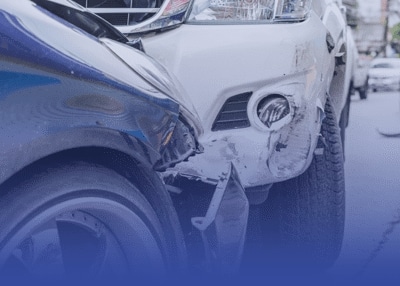
Whether your car crash was minor or serious, any injuries sustained in an accident can be painful and costly.

All motorcycle accidents are different, the compensation you receive will depend on the circumstances surrounding your accident.
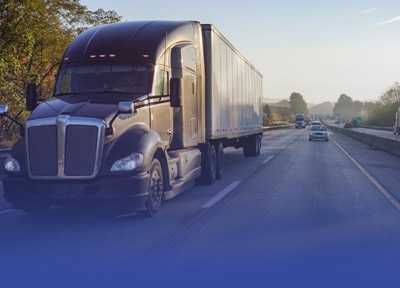
A truck accident can be catastrophic, even in low-impact crashes, if you or your family are involved, you may be entitled to significant financial compensation.
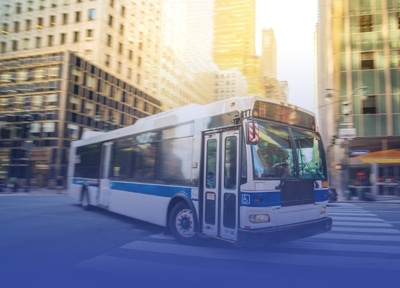
There are dozens of accidents involving school buses each year, most commonly, involving children outside a school bus.
Explore Articles Related to Your Situation
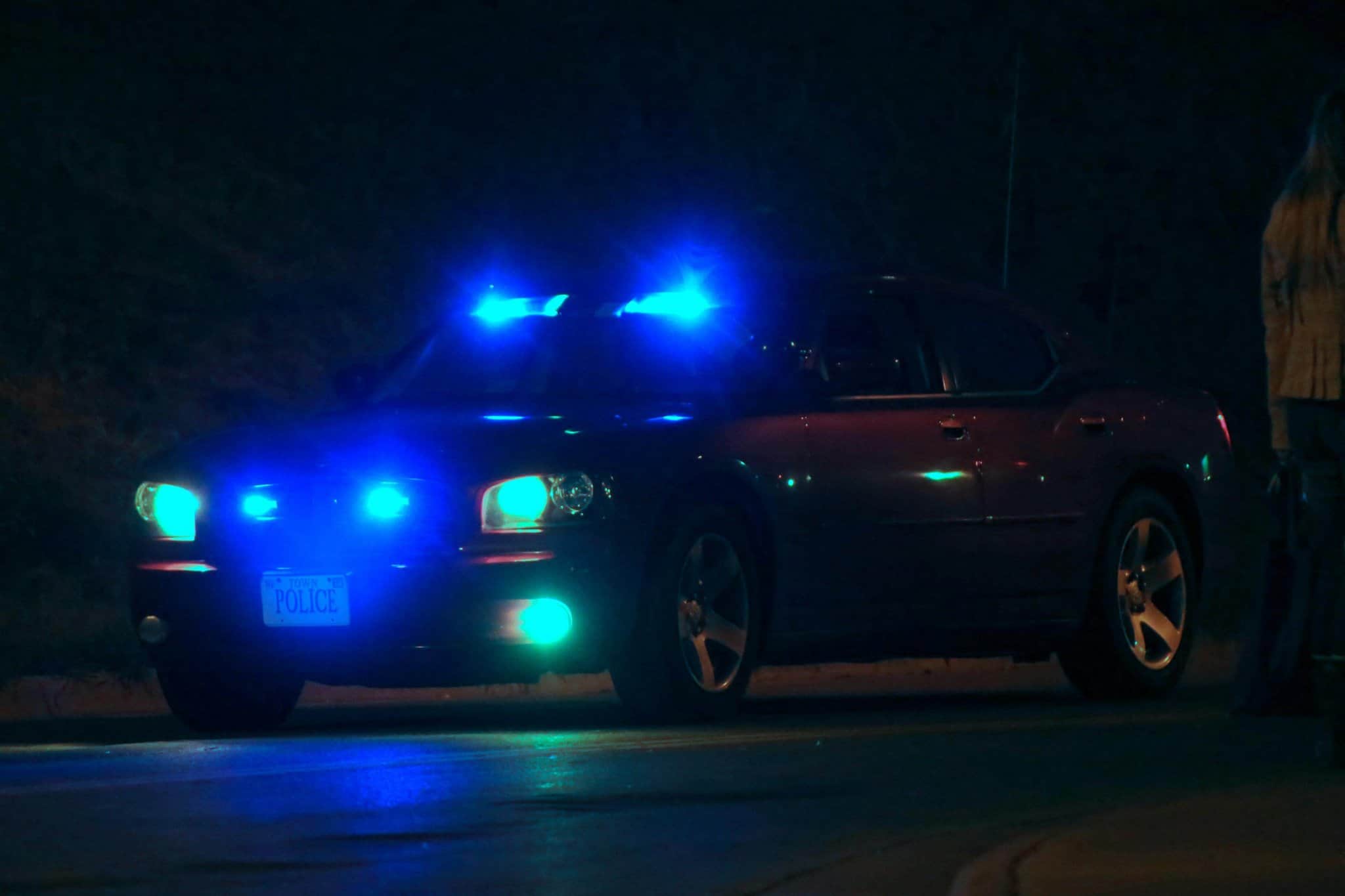
As a trusted personal injury law firm, The Barnes Firm understands that not everyone is famil...
read more
When a victim is injured in a car accident, they can endure mounting medical bills, disability,...
read more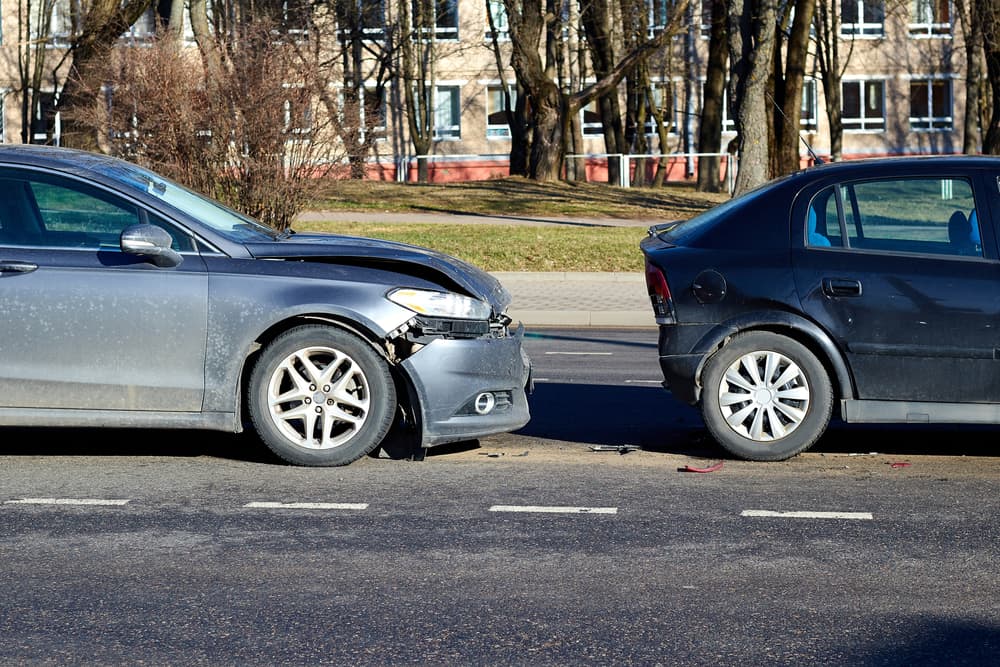
Most car accidents result in various consequences, including injuries, property damage, and v...
read more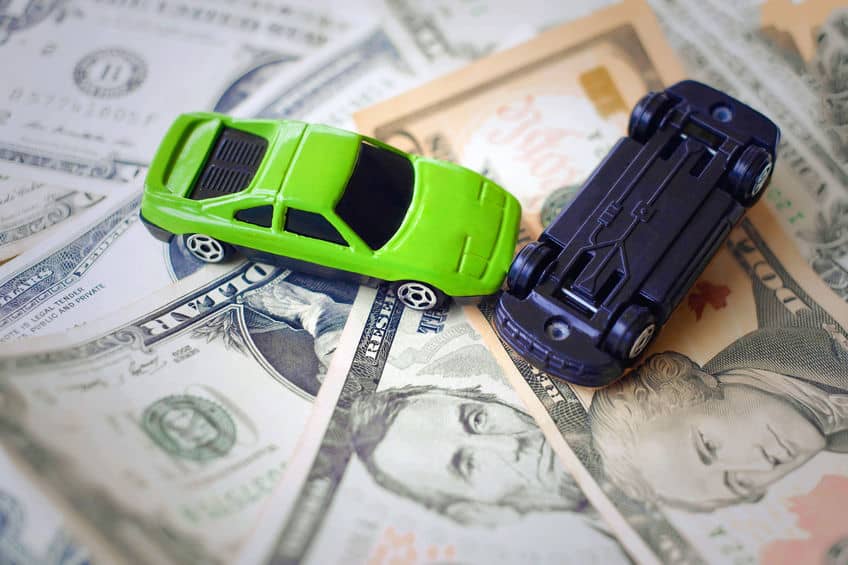
No matter the impact or seriousness of a car accident, accident victims should immediately rece...
read moreWe are always available to discuss your case. Give us a call at (800) 800-0000.
Fill out our form and we will contact you shortly to discuss your case
Our attorneys will come to your home, office or hospital at your convenience.
We are available anytime, including after hours and
weekends.
420 Lexington Avenue
Suite #2140
New York, NY 10170
Phone: (800) 800-0000
Fax: +1 (800) 853-5153
600 Old Country Road
Suite #425
Garden City, NY 11530
Phone: (800) 800-0000
Fax: +1 (800) 853-5153
500 Pearl Street
Suite #700
Buffalo, NY 14202
Phone: (800) 800-0000
Fax: +1 (800) 853-5153
451 Grider Street
Buffalo, NY 14215
Phone: (800) 800-0000
Fax: +1 (800) 853-5153
28 East Main Street
Suite #600
Rochester, NY 14614
Phone: (800) 800-0000
Fax: +1 (800) 853-5153
633 West 5th Street
Suite #1750
Los Angeles, CA 90071
Phone: (800) 800-0000
Fax: +1 (888) 800-7050
555 12th Street
Suite #1470
Oakland, CA 94607
Phone: (800) 800-0000
Fax: +1 (888) 800-7050
655 W. Broadway
Suite #940
San Diego, CA 92101
Phone: (800) 800-0000
Fax: +1 (888) 800-7050